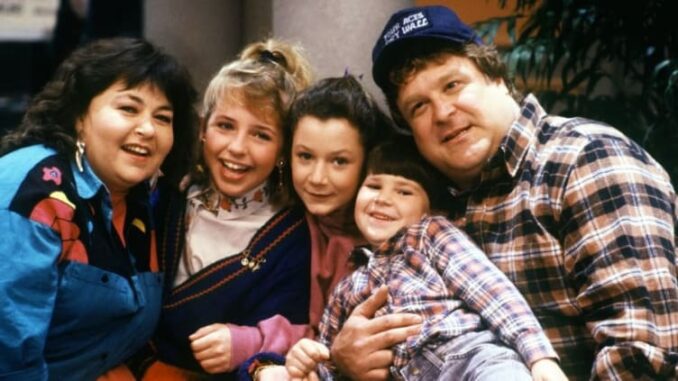
Roseanne is a groundbreaking sitcom that offers a realistic portrayal of the challenges and joys faced by a working-class family in the Midwest. The show centers around the Conner family, highlighting their everyday struggles and triumphs in a relatable and often humorous way.
A Genuine Representation
The series captures the essence of working-class life through the lens of Roseanne and Dan Conner, along with their three children: Becky, Darlene, and DJ. The Conners navigate various trials, from financial difficulties to the complexities of raising children, all while maintaining a sense of humor and resilience.
For instance, in one memorable episode, the family faces the harsh reality of budgeting when they discover they cannot afford to pay for essential items. This scenario resonates with many viewers who have experienced similar financial constraints, showing the authenticity of their struggles. The depiction of their resourcefulness—like finding creative ways to stretch their limited income—reflects the reality of many families in similar situations.
Balancing Work and Family
The show also emphasizes the balance between work and family life. Roseanne works at a local diner while Dan runs a construction business, showcasing the typical grind of working-class parents trying to provide for their family. The series often highlights the exhaustion that comes with juggling multiple jobs and responsibilities, yet it also illustrates the strong support system that exists within the family.
In another episode, Roseanne is overwhelmed with work commitments, leading to tension at home. However, the family comes together to support her, reflecting the importance of unity in overcoming life’s challenges. This portrayal of a close-knit family offers viewers a sense of hope and solidarity, even amidst adversity.
Humor in Everyday Struggles
Roseanne masterfully blends humor with serious themes, making the depiction of working-class life both entertaining and poignant. The comedic elements arise from everyday situations that many viewers can relate to, such as the chaos of managing a household or the awkwardness of family gatherings.
For example, the show’s iconic Thanksgiving episodes often showcase the humorous chaos that ensues when the extended family gathers, highlighting the relatable dynamics of family interactions during the holidays. These moments not only provide laughter but also reinforce the sense of community and belonging that characterizes the Conner family.
Conclusion
In conclusion, Roseanne stands out for its authentic representation of the everyday life of a working-class family in America. Through relatable storylines and well-developed characters, the show addresses the challenges and joys that many families face, making it a timeless classic. Its ability to blend humor with real-life issues allows viewers to connect deeply with the Conners, celebrating the resilience and strength of working-class families everywhere.
